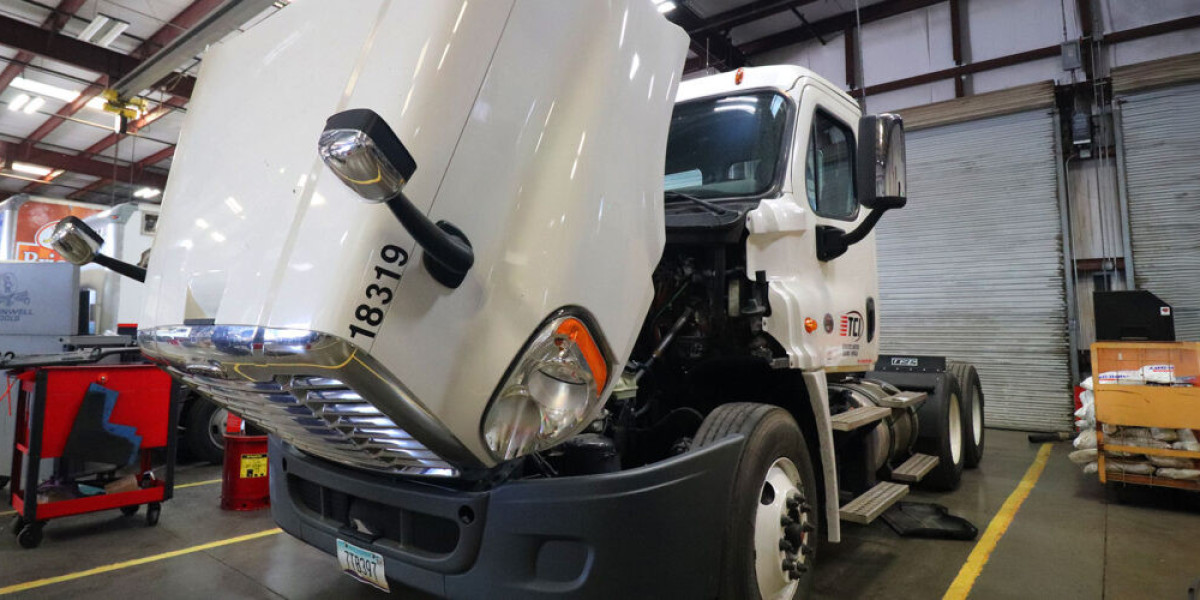In fleet operations, every minute counts. A delivery truck stuck on an icy incline or a service vehicle bogged down in mud isn't just delayed—it costs money, productivity, and customer trust. Fleet managers often focus on vehicle maintenance, driver training, and route optimization, but one area is sometimes overlooked: traction. Proper traction solutions not only prevent costly delays but also protect vehicles and drivers, ensuring business runs smoothly no matter the conditions.
The Hidden Cost of Poor Traction
When a fleet vehicle loses traction, the consequences ripple across the entire operation:
- Fuel Waste: Spinning tires burn fuel without moving the car forward, driving up operating costs.
- Lost Productivity: Every hour a car sits idle means deliveries missed, contracts delayed, and revenue lost.
- Vehicle Wear and Tear: Excessive tire spin and drivetrain strain accelerate component damage, reducing lifespan and increasing maintenance expenses.
- Safety Hazards: Drivers facing poor traction are more vulnerable to accidents, roadside risks, and fatigue—especially in remote or adverse weather conditions.
- Recovery Costs: Towing and roadside assistance services are expensive and time-consuming, often exceeding the price of preventive traction tools.
Traction Tools: Traditional vs. Modern
Fleet operators have long relied on conventional traction aids, but these often fall short in real-world scenarios.
- Traction mats provide temporary help but can shift under load and are cumbersome to place correctly.
- Snow chains deliver a firm grip on icy roads but take time to install and are impractical for sudden emergencies.
- Built-in traction control systems can improve stability, but once a vehicle is deeply stuck, they offer little help.
Modern innovations, however, are changing the game. Tools like TruckClaws™ are compact, lightweight, and quick to install. A single driver can strap them to a tire within minutes, and the clawed design bites into mud, snow, or ice to provide instant traction. Unlike mats or chains, they require minimal space, no digging, and work even in rugged conditions—making them an ideal emergency solution for fleets.
Operational Benefits of Enhanced Traction
The advantages of equipping fleets with effective traction devices go far beyond recovery:
- Fuel Efficiency & Longevity: Lower tire spin results in reduced fuel consumption, lower carbon emissions, and less strain on engines, brakes, and tires.
- Load Management: Better grip allows trucks to carry heavy loads across uneven ground more safely.
- Driver Safety & Confidence: Quick recovery reduces stress, avoids dangerous roadside maneuvers, and reassures drivers that they won't be stranded.
- Operational Continuity: Fleets continue to operate even in adverse conditions, minimizing downtime and ensuring service commitments are met.
Strategic Deployment Scenarios
Fleets encounter diverse environments where traction devices prove invaluable:
- Snow-covered highways where roadside assistance may be hours away.
- Remote oilfields or construction sites with loose gravel, mud, or sand.
- Urban delivery routes during winter storms, where snow drifts or black ice can halt operations.
- Rural gravel roads or narrow lanes where towing vehicles cannot easily reach.
Having compact traction aids on hand transforms these high-risk scenarios into manageable setbacks.
Long-Term Return on Investment (ROI)
Investing in traction devices is not just about emergencies—it's about long-term operational efficiency. The ROI is clear:
- Lower fuel costs and fewer wasted hours on idling engines.
- Reduced maintenance expenses from avoiding unnecessary drivetrain strain.
- Fewer towing and roadside recovery fees.
- Improved delivery reliability, strengthening customer trust and retention.
A small upfront investment pays off through cumulative cost savings, longer vehicle lifespans, and enhanced service reliability.
Conclusion
Traction challenges are an unavoidable reality for fleets, but getting stuck doesn't have to be. Equipping vehicles with modern traction solutions, such as TruckClaws™, ensures safer drivers, more resilient fleets, and smoother operations—regardless of road or weather conditions.
For fleet managers, the takeaway is simple: don't treat traction tools as optional emergency gear. Instead, see them as strategic assets that safeguard efficiency, safety, and profitability—mile after mile.



